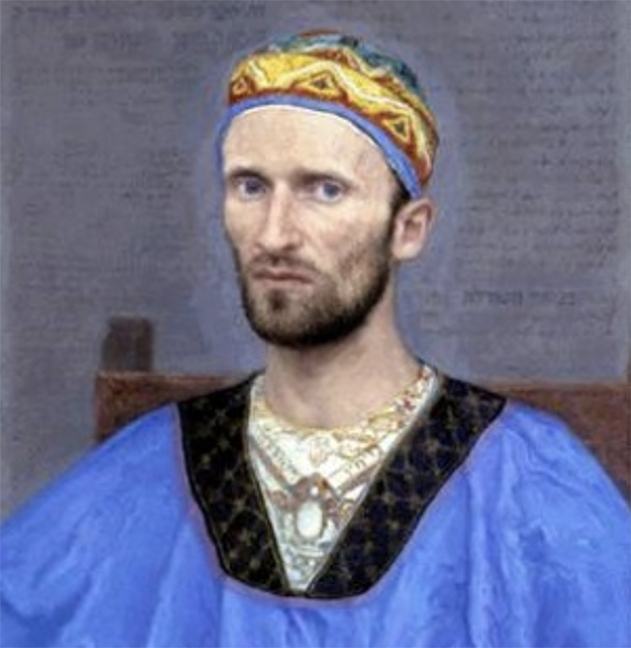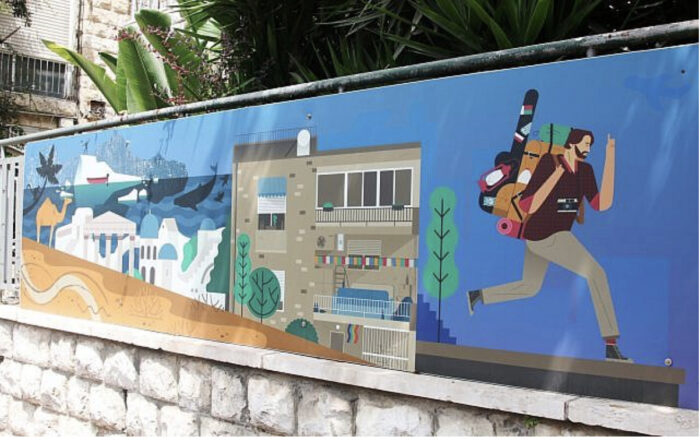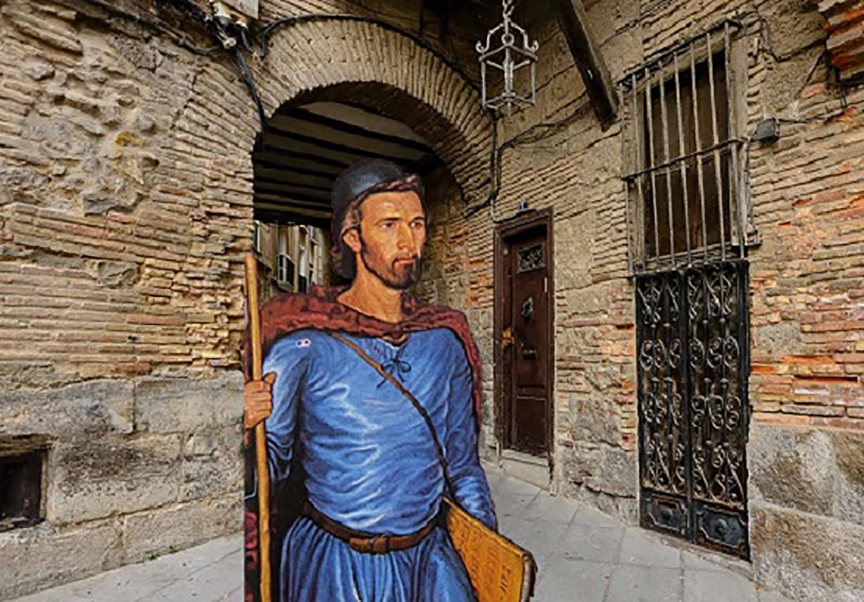Before Marco Polo and the great medieval travelers, a humble merchant went on an odyssey to find himself and his people. This unassuming man was not only one of the first medieval travelers but also a pioneer in cultural anthropology and ethnography. Both disciplines barely existed in that era.
Background
Benjamin of Tudela was a 12th-century Jewish merchant from northern Spain. This learned man spoke several languages and had an affinity for foreign cultures. He specialized in coral and gem trading and had a keen eye for investments and business opportunities. We don’t know much about his early life except that his great journey probably started around 1160. He may or may not have been a rabbi, as some Jewish sources claim.
After leaving Tudela, he explored his home country, then France, Italy, Greece, Turkey, Cyprus, the Holy Land, Damascus, and Iraq. In his later travel book, he lays out how long it takes to get from point A to point B. He also provides the reader with the first non-Arab mention of the Druze culture in literature.
Benjamin spent long periods in Christian strongholds like Rome and Constantinople. He was particularly impressed by Constantinople’s wealth but felt uneasy by its treatment of its Jewish population.

Benjamin of Tudela. Photo: Lapham’s Quarterly
Marcus N. Adler, a rabbi in the British Empire and one of Benjamin’s translators, stated that he was one of the few medieval writers to mention Prester John, the legendary Christian monarch who might or might not have existed.
There is some doubt as to whether or not he traveled beyond Iraq. He reports on Persia, China and even Tibet, but some details of these far-flung lands are sketchy. Elsewhere, everything had been accurate. Persia notoriously oppressed the Jews so it was unsafe for him.
Benjamin also made one of the first mentions of China by name. It is possible that he filled in the gaps with information from other travelers. At the end of his journey, he returned to Spain by boat, passing through Egypt.
His travelogue
Thanks to his travelogue, The Itinerary of Benjamin of Tedula, he is considered one of the best and most accurate sources of medieval life and the relations between religious groups in Europe and the Middle East.
Benjamin seemed to feel more comfortable with Muslims than with Christians and emphasized the decent relations between Jews and Muslims at the time. He was very honest about conflicts in Judaism, pointing out the hostile relations between warring sects of the Rabbanities and the Karasites.
In his unofficial census of the Jewish population in Europe and the Middle East, he noted the numbers, occupations, learned men, synagogues, and practices. For example, he says, “Pisa is a very great city…[with] about twenty Jews.” In the city of Lucca, he likewise counted about 40 Jews. In all, he documented around 300 cities.
Through the Itinerary, historians witness first-hand the great shifts occurring in Europe between Jews, Christians, and Muslims. Many transformative events characterized the 12th century: the Crusades, the early Renaissance, the emergence of nation-states, the rise of vernacular literature and translation, diversification in trade, and more.
Why?
Historians are unsure why he traveled, but some believe he had religious or commercial intentions. Throughout the text, he described his faith at play in different countries. The fact that he so thoroughly documented Jewish experiences, sites, and practices could indicate that his journey was a sort of religious quest.
Was he on a pilgrimage to the Holy Land? His tone and content indicate that he was a devout Jew. He tracked populations of his people and visited sites from the Old Testament. Once he commented, “The closer I get to Jerusalem, the more Jews are heretics.” However, if it was mainly about religion, he would likely have written more about the spiritual aspects of his trip.
Lost Tribes
Another possibility is that he was searching for the Lost Tribes of Israel. He and other travelers like him were trying to locate the Lost Tribes — exiled after an ancient conflict — as a means of maintaining their heritage. For centuries, the Jews had already scattered across the globe. Writer Alanna Cooper says in the AJS Review that while Benjamin mentions finding the tribes of Dan, Zevulun, Asher, and Naphtali, he does so in passing. His casual tone doesn’t indicate urgency or excitement. Most likely, then, he wasn’t searching for them.
Jewish theologian and Rabbi Michael Signer believes Benjamin’s travelogue was a “consolation for the Jewish people,” a way of uniting them. The Itinerary of Benjamin of Tudela was most likely a passion project for him to tap into his identity or present a map of the Jewish diaspora to potential migrants. In the wake of the Crusades, Jews had been persecuted and driven out of their original dwelling places.
Finally, he may have simply been scouting for trade routes between the Jewish communities. He often mentioned whether those he met were merchants, jewelers, glass workers, silk weavers, or dyers.

Part of the Street Talk art shows Benjamin on his travels. Photo: Times of Israel/Shmuel Bar-Am
Legacy
An urban art project called Street Talk launched in Jerusalem in 2017, dedicated to Benjamin. It reimagined him as a 21st-century backpacker named Benny, exploring Europe and the Middle East.
He makes his way through Jerusalem, encountering historic figures from Jewish history, and receiving advice on where and how to travel. It was partly an educational project highlighting how the Jewish people have been scattered for so long, trying to make their way home.
A medieval geography project called Mapping the Jewish Communities of the Byzantine Empire by Nicholas de Lange at the University of Cambridge used GIS to map Jewish communities in the Byzantine Empire. Benjamin of Tudela was the main data source.
Tudela may not be as famous as Marco Polo or even Ibn Battuta, but his travels are considered on a par with theirs. And his work is crucial in Hebrew medieval literature.





